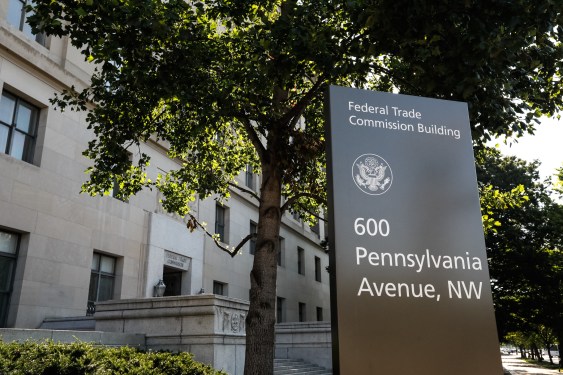The Rise of Deepfakes: A Threat to Consumers and Society
In recent years, deepfakes have become a growing concern for consumers and society as a whole. These synthetic media files, created using artificial intelligence (AI) tools, can be used to impersonate individuals with eerie precision and at a much wider scale than ever before. According to a recent poll from YouGov, 85% of Americans said they were very concerned or somewhat concerned about the spread of misleading video and audio deepfakes.
The FTC’s Proposed Rule Changes: A Much-Needed Step Forward
In response to this growing threat, the Federal Trade Commission (FTC) is seeking to modify an existing rule that bans the impersonation of businesses or government agencies to cover all consumers. This revised rule would make it unlawful for a GenAI platform to provide goods or services that they know or have reason to know are being used to harm consumers through impersonation.
What this means for consumers
The proposed changes to the FTC’s rule would have significant implications for consumers. No longer would individuals be able to use AI tools to impersonate others and commit fraud without facing serious consequences. This move is a much-needed step forward in protecting Americans from impersonator fraud, which has become increasingly sophisticated with the rise of deepfakes.
The Impact of Deepfakes on Society
Deepfakes have the potential to cause significant harm to individuals and society as a whole. Online romance scams involving deepfakes are on the rise, and scammers are using these tools to impersonate employees and extract cash from corporations. The lack of clear laws and regulations has allowed this type of activity to thrive, and it’s only by addressing this issue head-on that we can hope to mitigate its impact.
What is being done about deepfakes?
While the FTC’s proposed rule changes are a significant step forward in addressing the threat posed by deepfakes, there is still much work to be done. In the absence of congressional action, 10 states around the country have enacted statutes criminalizing deepfakes – albeit mostly non-consensual porn. However, these laws can be time-consuming and laborious to litigate, making it difficult for victims to seek justice.
The Need for Congressional Action
The lack of clear federal laws regulating deepfakes has created a patchwork system that is inadequate to address the scope of this problem. It’s essential that Congress takes action to provide a unified framework for addressing the creation and distribution of deepfakes. This will require careful consideration of the implications of such a law, including balancing individual rights with the need to protect consumers from harm.
The Role of AI in Deepfakes
AI has played a significant role in the development of deepfakes, making it easier than ever for individuals to create realistic and convincing synthetic media files. However, this same technology can also be used to combat the problem of deepfakes by developing tools that can detect and remove these types of files.
What is being done in the private sector?
While government agencies are working to address the issue of deepfakes through legislation and regulation, the private sector is also playing a crucial role. Companies such as Facebook and Google have taken steps to remove deepfake videos from their platforms, while others are developing AI-powered tools designed to detect and prevent the spread of these types of files.
Conclusion
The threat posed by deepfakes is real, and it’s essential that we take immediate action to address this issue. The FTC’s proposed rule changes are a significant step forward in protecting consumers from impersonator fraud, but more work needs to be done. By working together – through legislation, regulation, and innovation in the private sector – we can hope to mitigate the impact of deepfakes and create a safer online environment for all.
Additional Resources:




